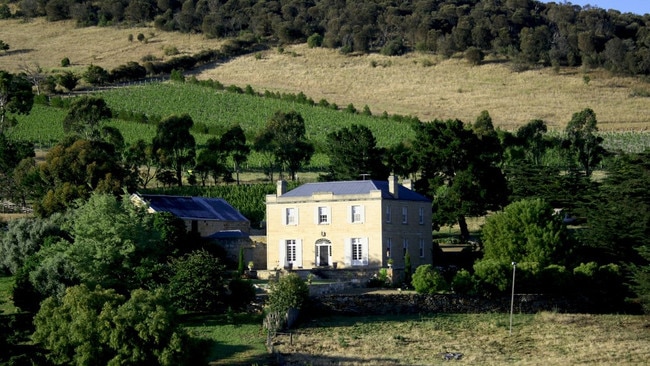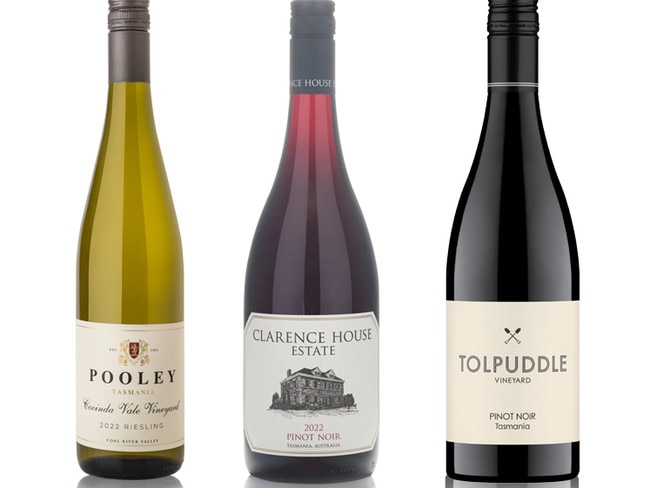Pooley Wines to Clarence House Estate: Tasmania’s wine region is bursting with potential
When I am asked where I would go if I were to start winemaking again, the answer is Tasmania.

The topography of Tasmania is akin to a complex mosaic, ever-changing yet interconnected. It’s a tourist mecca, its beauty commanding endless photographs. Embedded in the landscape are dwellings dating back 200 years, and commercial buildings very nearly as old. Bartholemew Barton planted the first commercial vineyard here in 1823, and in 1827 publicly advertised that he had 300 gallons of wine made from the 1826 vintage available for sale, 10 years before the Colony of South Australia was founded, and 20 years before it was to produce its first wine.
Barton died in 1828. His estate flickered briefly before the shutters came down, and remained closed until the 1950s, when two men decided to ignore the official view of the Tasmanian Department of Agriculture that the climate of the island was too cold to properly ripen grapes. One, Jean Miguet, was a French engineer working on the Hydro Electricity Scheme; the other was Italian textile merchant Claudio Alcorso, who founded Moorilla Estate in 1958.

Jumping forward to 1984, the production of wine in 31 vineyards across Tasmania’s six districts had a collective crush of only 249 tonnes. I wrote in that year: “The Tasmanian industry may as yet be small, but no one should underestimate its potential.” A droll comment but arguably still applicable. When I am asked where I would go if I were to start winemaking again, the answer is Tasmania.
Why, then, has the growth in production stalled? In 2016 the state crushed 15,343 tonnes, more than 2022’s 12,548 tonnes. The average price per tonne that year was $3237 compared to the national average of $620. The problem is multi-faceted. Land costs are high; properties with access to irrigation water are tightly held. The 2023 vintage underlined the variability already identified by Wine Tasmania for the 2021 and 2022 vintages. The labour pool is shallow, skilled labour scarcer. What, I wonder, are the comparative costs of production?
-
2022 Pooley Wines Cooinda Vale Vineyard Riesling
The wafts of citrus and apple blossom accelerate each time you come back to the bouquet, and their promise is fulfilled on the glorious palate driving through to a lingering fruit-filled finish. 5g/l of residual sugar is barely, if at all, perceptible.
12.2% alc, screwcap
96 points, drink to 2032, $70
2022 Clarence House Pinot Noir
Three blocks and five clones are wild fermented, with the inclusion of some whole bunches, the wine matured in new and used French oak. Deeply coloured, it is flooded with dark cherry/berry fruit sweeping through to the finish and aftertaste.
13.5% alc, screwcap
97 points, drink to 2034, $38
2021 Tolpuddle Vineyard Pinot Noir
Fermented as a combination of whole berries and bunches, this is a pinot noir that can cause you to lose yourself in its perfumed bouquet, the palate completing the capture. It is a beautifully balanced and structured wine, its multi-faceted red fruits enriched by Chinese spices and fresh acidity.
13.5% alc, screwcap
98 points, drink to 2035, $96
